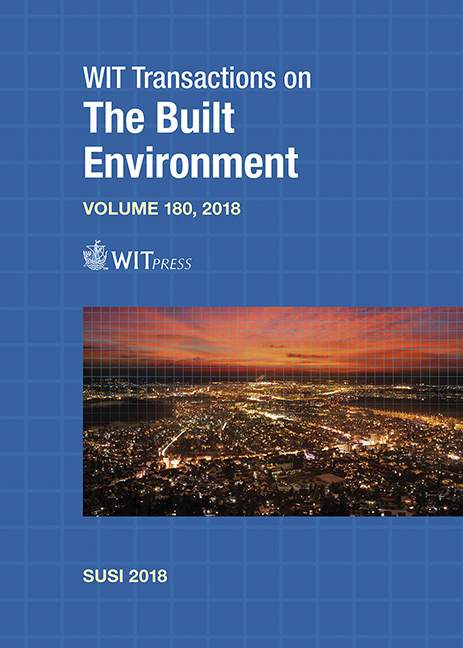EXPERIMENTAL ANALYSIS ON REDUCED-SCALE PROTECTIVE DOORS
Price
Free (open access)
Transaction
Volume
180
Pages
11
Page Range
101 - 111
Published
2018
Paper DOI
10.2495/SUSI180101
Copyright
WIT Press
Author(s)
CATALIN BACIU, MARIN LUPOAE, DANIEL CONSTANTIN
Abstract
Terrorist events that occurred in the last years changes the global security policy, imposing additional safety measures for building design. Therefore, the protection of access routes should be considered by using protective doors to resist to impact and explosions effects. This paper presents a thorough analysis on establishing a proper configuration to ensure a minimum level of blast protection for metallic doors used for government and military buildings. The analysis includes experimental tests and numerical analysis performed on a 1/3 scale model. Seven different sandwich-type configurations were tested according to specific requirements of actual standards. Each door was successively mounted on a metallic frame, horizontally placed, and a spherical plastic explosive charge, at a standoff distance of 35 cm, was detonated. The deformations were measured on each side of the door, offering the valuable data of their strength capacity and also of the dissipation energy level. The door with a honeycomb interior configuration resulted to be the optimal solution. The numerical results showed a good correlation with numerical ones, permitting the further development of a full-scale model.
Keywords
protective doors, blast mitigation, sandwich configuration, metallic frame, honeycomb configuration, scale model





